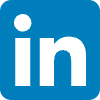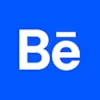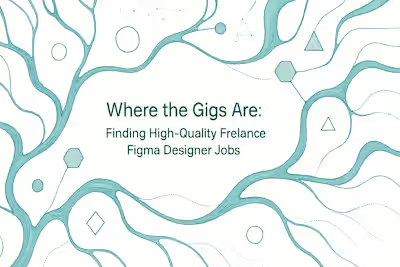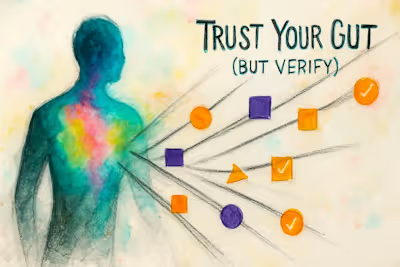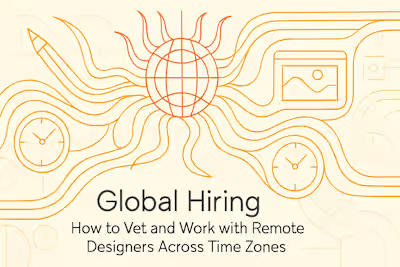Networking for Figma Designers: Turn Connections into Opportunities
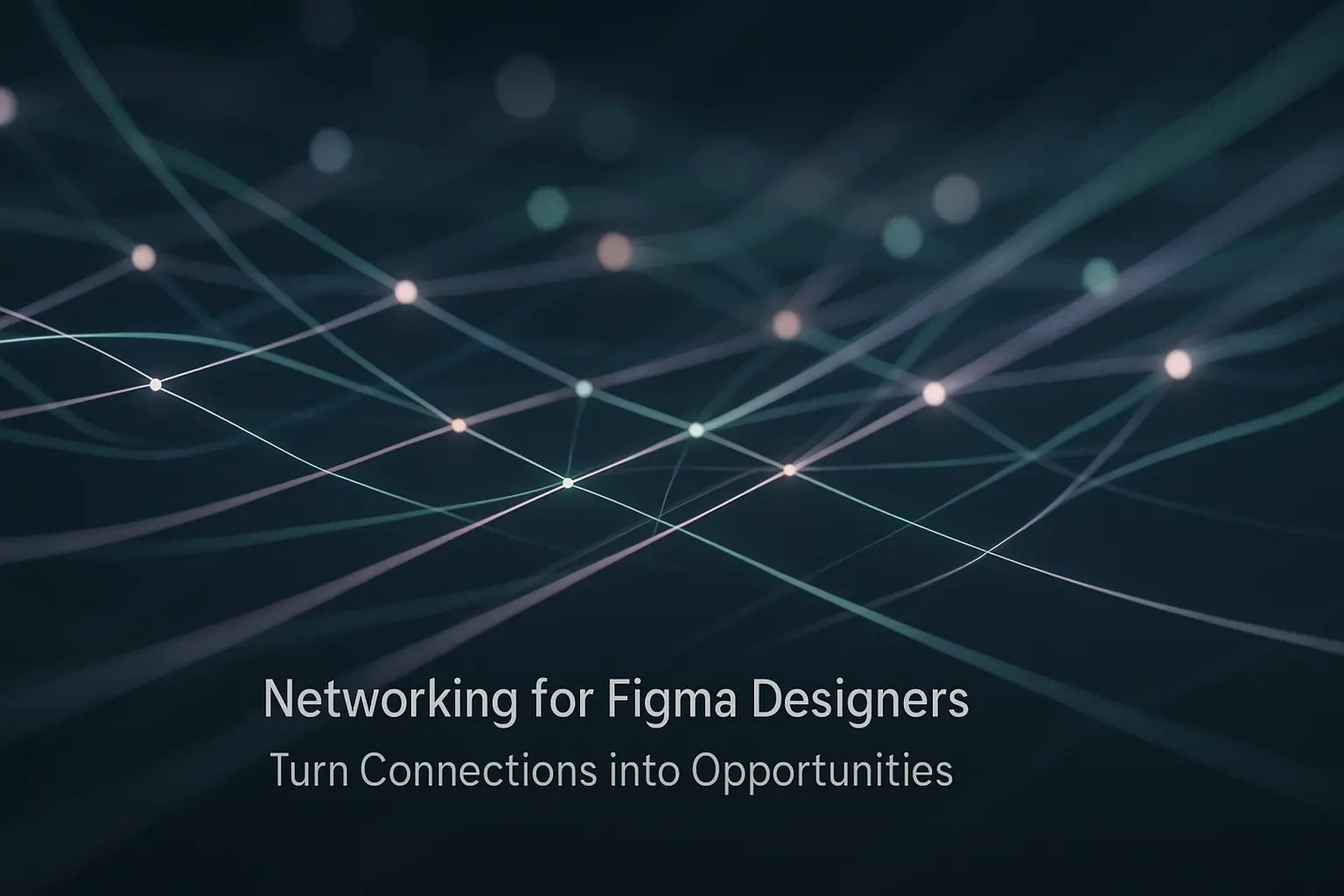
Networking for Figma Designers: Turn Connections into Opportunities
Why Networking Is a Freelancer's Superpower
Beyond Job Boards: The Hidden Market
Building a Support System
Staying Ahead of Industry Trends
Where to Network: Finding Your Communities (Online & Offline)
Engaging in Niche Online Communities
Leveraging Professional Social Media
The Value of In-Person and Virtual Events
Strategies for Making a Lasting Impression
Lead with Generosity
Master the Art of the Follow-Up
Be Authentic and Personable
Turning a Conversation into a Project Lead
Identifying Cues and Opportunities
The Soft Pitch: Offering to Help
Asking for Referrals
Conclusion
References
Networking for Figma Designers: Turn Connections into Opportunities
Why Networking Is a Freelancer's Superpower
Beyond Job Boards: The Hidden Market
Building a Support System
Staying Ahead of Industry Trends
Where to Network: Finding Your Communities (Online & Offline)
Engaging in Niche Online Communities
Leveraging Professional Social Media
The Value of In-Person and Virtual Events
Strategies for Making a Lasting Impression
Lead with Generosity
Master the Art of the Follow-Up
Be Authentic and Personable
Turning a Conversation into a Project Lead
Identifying Cues and Opportunities
The Soft Pitch: Offering to Help
Asking for Referrals
Conclusion
References
Posted Jul 6, 2025
For freelancers, your network is your net worth. Learn how to turn online communities, social media, and events into a reliable source of high-quality Figma design projects.


